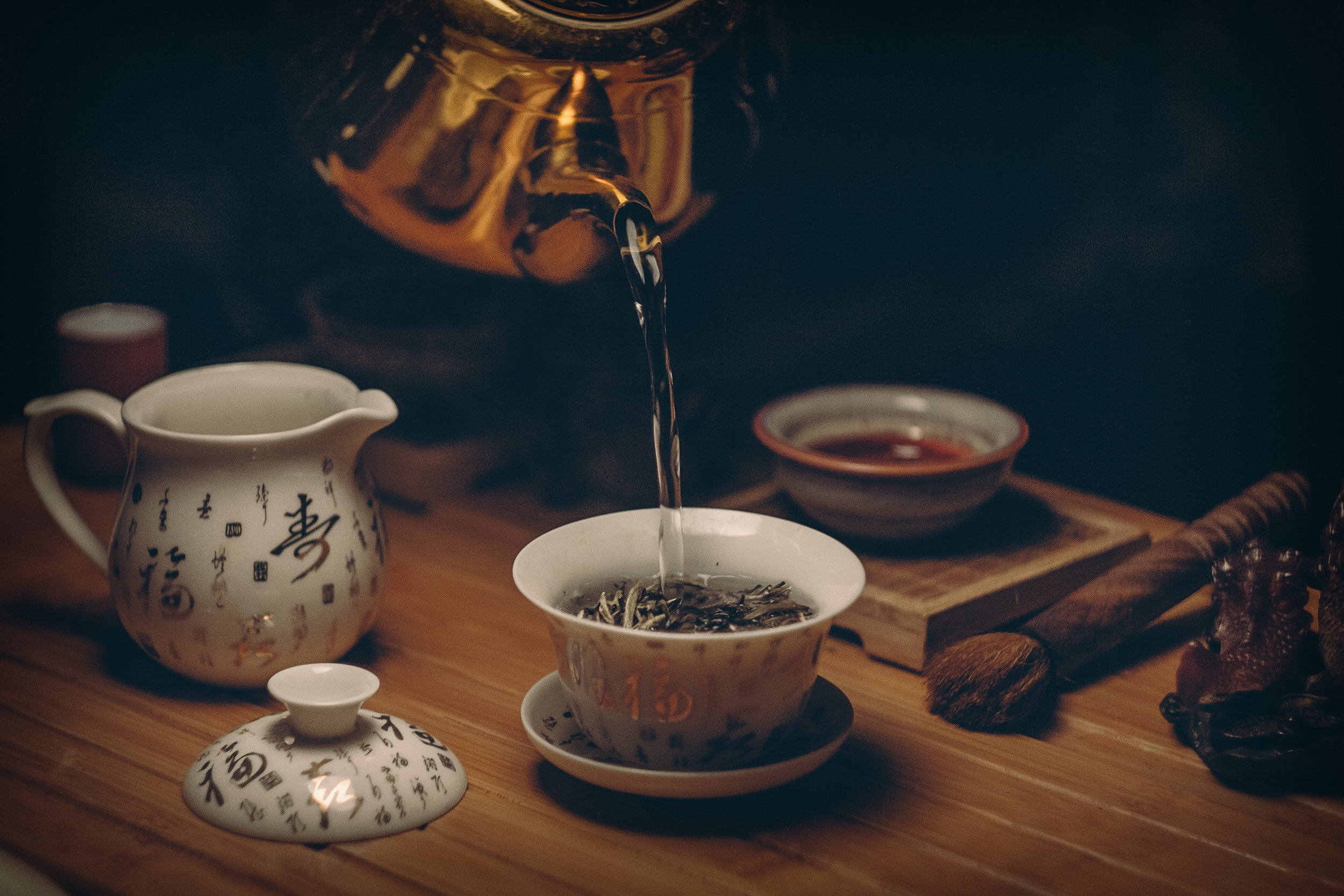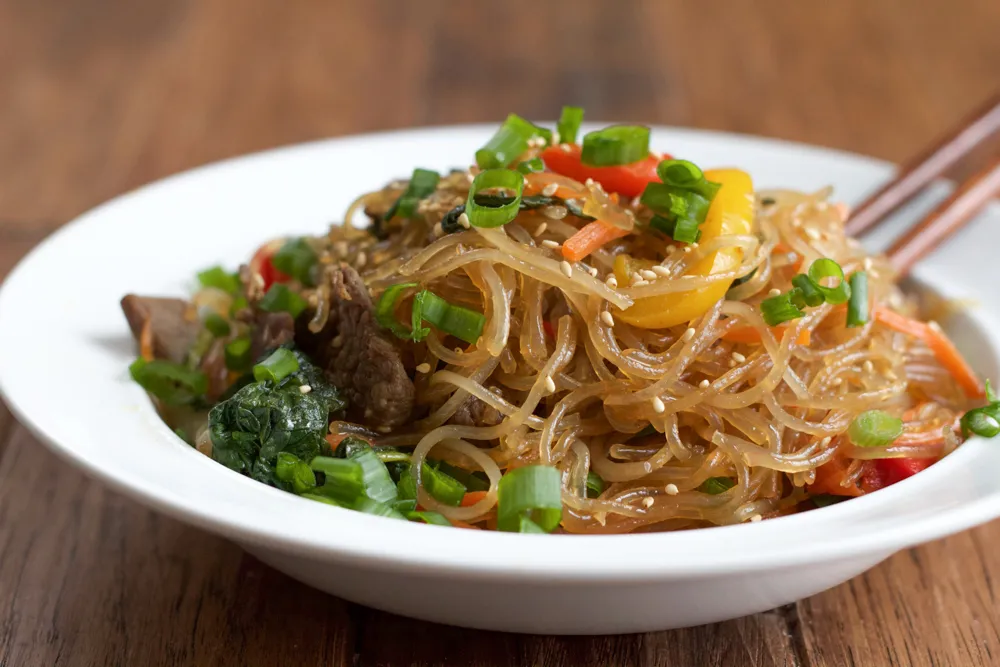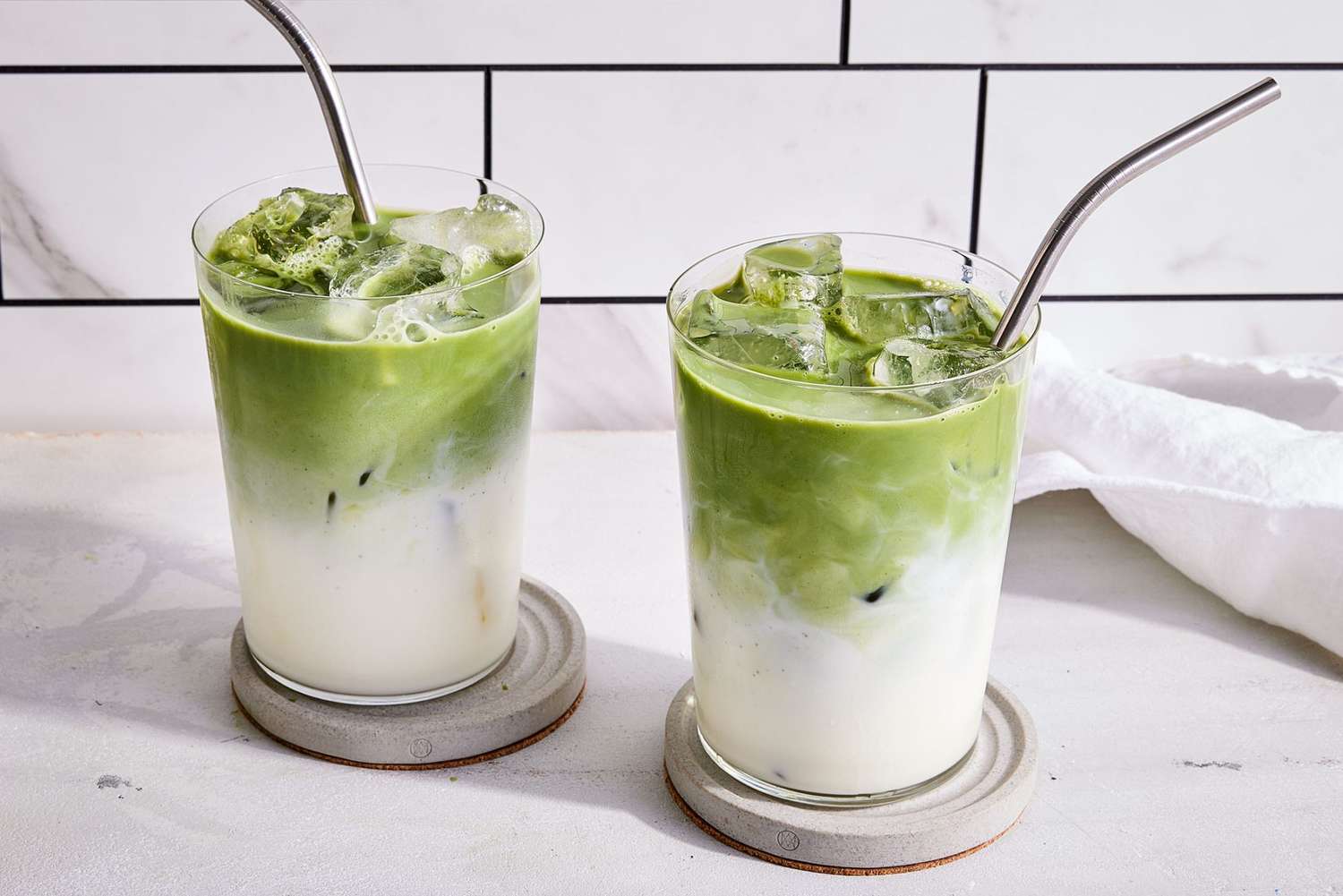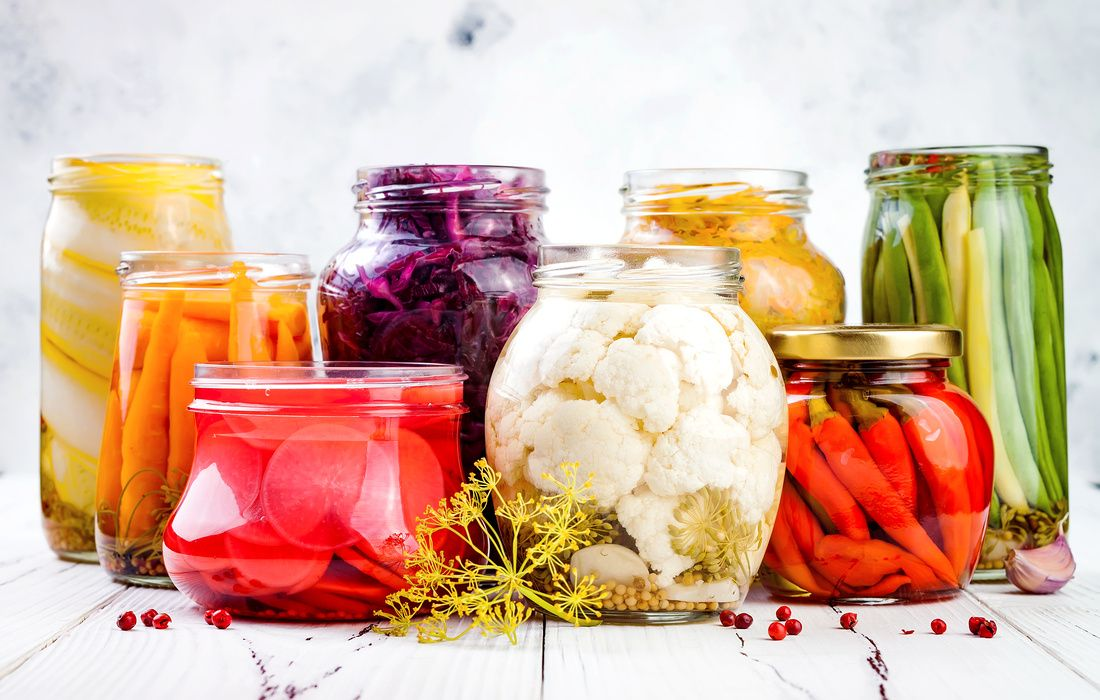solsticeuniversity.com – Chinese tea is not just a beverage; it’s a cultural cornerstone with thousands of years of history and deep spiritual and health connections. Known as “chá” in Mandarin, tea holds a special place in Chinese tradition, from casual daily drinking to elaborate ceremonies. The varieties of Chinese tea—each with unique flavors, preparation methods, and health benefits—are as vast and nuanced as China itself. Here’s an exploration of the history, types, preparation, and cultural significance of Chinese tea.
1. Historical Origins of Chinese Tea
The origins of Chinese tea date back over 5,000 years, with the legend of Emperor Shen Nong, who is said to have discovered tea around 2737 BCE. According to legend, the emperor was boiling water when a few tea leaves blew into his pot, resulting in a fragrant and refreshing infusion. This discovery led to the widespread appreciation of tea throughout China.
During the Tang (618–907) and Song (960–1279) Dynasties, tea culture flourished, spreading across social classes and regions. The Ming Dynasty (1368–1644) brought about innovations in tea preparation, including the brewing of whole leaves, which remains a common method today. Tea eventually became a vital trade commodity, solidifying China’s status as the birthplace of tea.
2. Types of Chinese Tea
Chinese teas are generally categorized by their processing methods and oxidation levels, with each type offering unique flavors, aromas, and health benefits. Here are some of the main categories:
- Green Tea (绿茶, Lǜchá): The most popular and least oxidized type, green tea is known for its fresh, grassy flavor and high antioxidant content. Famous varieties include Longjing (Dragon Well) from Zhejiang Province and Biluochun from Jiangsu Province.
- Black Tea (红茶, Hóngchá): Called “red tea” in China due to its reddish color, black tea is fully oxidized, resulting in a rich and bold flavor. Keemun and Dianhong are popular black teas from Qimen and Yunnan provinces, respectively.
- Oolong Tea (乌龙茶, Wūlóngchá): Semi-oxidized and often described as a cross between green and black tea, oolong has a complex flavor profile ranging from floral to fruity. Famous varieties include Tieguanyin from Fujian and Da Hong Pao from the Wuyi Mountains.
- White Tea (白茶, Báichá): Minimally processed and delicate, white tea is known for its light, sweet taste and high antioxidant levels. Bai Mudan (White Peony) and Silver Needle are prominent types, primarily produced in Fujian.
- Pu-erh Tea (普洱茶, Pǔ’ěr chá): A fermented tea with earthy, robust flavors, pu-erh is unique for its aging process, which can span years or even decades. Originating from Yunnan Province, it is often compressed into cakes or bricks.
- Yellow Tea (黄茶, Huángchá): Rare and subtly sweet, yellow tea undergoes a slightly longer oxidation process than green tea, resulting in a mellow flavor. Junshan Yinzhen from Hunan Province is a notable variety.
3. Health Benefits of Chinese Tea
Chinese teas have long been valued not only for their taste but also for their numerous health benefits. Each type of tea offers specific benefits due to its unique composition and processing methods.
- Antioxidants: All Chinese teas are rich in antioxidants, particularly green and white teas. These compounds help combat oxidative stress, reduce inflammation, and may protect against chronic diseases.
- Digestive Health: Pu-erh tea, known for its fermentation process, contains probiotics that support gut health and aid digestion. Black tea is also popular for its digestive benefits, often consumed after heavy meals.
- Weight Management: Green and oolong teas are known to boost metabolism and aid in fat oxidation, which can support weight management efforts. These teas are often included in traditional weight-loss diets.
- Heart Health: The catechins in green tea and theaflavins in black tea may help lower LDL cholesterol and blood pressure, contributing to cardiovascular health.
- Calm and Focus: The amino acid L-theanine, found in green and white teas, promotes relaxation while enhancing mental clarity and focus, making tea a popular choice for both relaxation and mental alertness.
4. Chinese Tea Preparation and Brewing Techniques
Proper brewing is essential for fully appreciating Chinese tea’s flavor and aroma. The methods vary by tea type, with particular focus on water temperature, steeping time, and tea-to-water ratio.
- Green Tea: Brew at a lower temperature (around 75-80°C or 167-176°F) to prevent bitterness. Steep for 1-2 minutes for a light, fresh taste.
- Black Tea: Use slightly hotter water (90-95°C or 194-203°F) and steep for 2-3 minutes. Black tea can handle a longer steep without becoming overly bitter.
- Oolong Tea: Oolong teas can vary in temperature, but generally, 85-95°C (185-203°F) is ideal. Steep for 1-2 minutes for lighter oolongs, or 3-4 minutes for more oxidized types.
- Pu-erh Tea: Brew at nearly boiling temperature (95-100°C or 203-212°F) and steep for around 3 minutes. Rinsing pu-erh before the first steep can remove impurities and enhance flavor.
- White Tea: Use cooler water (75-80°C or 167-176°F) and steep for 3-5 minutes to capture its delicate flavor.
5. Chinese Tea Culture and Ceremonies
Tea is deeply woven into Chinese social and spiritual life, symbolizing respect, gratitude, and mindfulness. Traditional Chinese tea ceremonies emphasize grace, patience, and attentiveness, with each movement carefully executed to honor the tea and the guests.
Gongfu Cha (功夫茶): This “kung fu tea” ceremony is the most well-known Chinese tea ritual, especially popular with oolong and pu-erh teas. It involves small teapots, multiple steepings, and a meticulous brewing process that highlights the flavors and aromas of the tea.
Tea and Social Etiquette: Tea is often served as a gesture of respect or gratitude, whether to honor a guest, apologize, or celebrate special occasions. In many regions, offering tea is also part of traditional wedding ceremonies, where the bride and groom serve tea to their parents as a symbol of respect and family unity.
6. Chinese Tea in the Modern World
While traditional practices remain alive, Chinese tea culture has evolved in modern society. Loose-leaf tea remains popular, but tea bags and ready-to-drink tea products have become more widespread, catering to busy lifestyles. Innovations in tea, such as flavored and blended teas, are drawing younger generations who may mix traditional and modern styles. The rise of tea houses worldwide has also introduced more people to authentic Chinese tea experiences.
Conclusion
Chinese tea is far more than a beverage; it is a blend of history, art, and health. With thousands of years of cultural depth and a broad spectrum of flavors, Chinese tea offers something for everyone, whether for relaxation, social connection, or health benefits. Each sip provides a window into China’s rich heritage and reflects a dedication to craftsmanship and respect for nature, ensuring that the tradition of tea will continue to thrive across generations and cultures.




